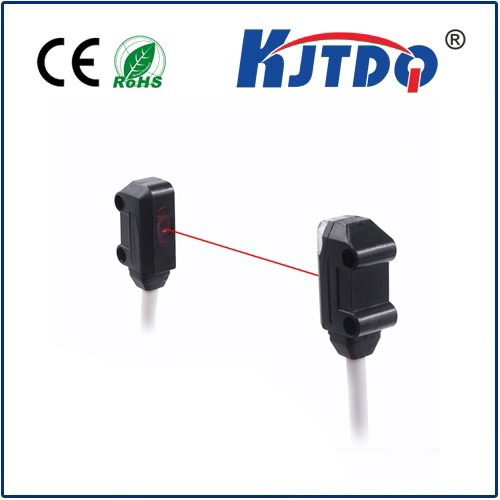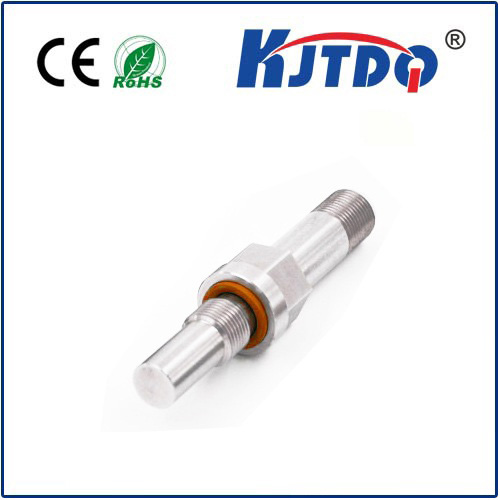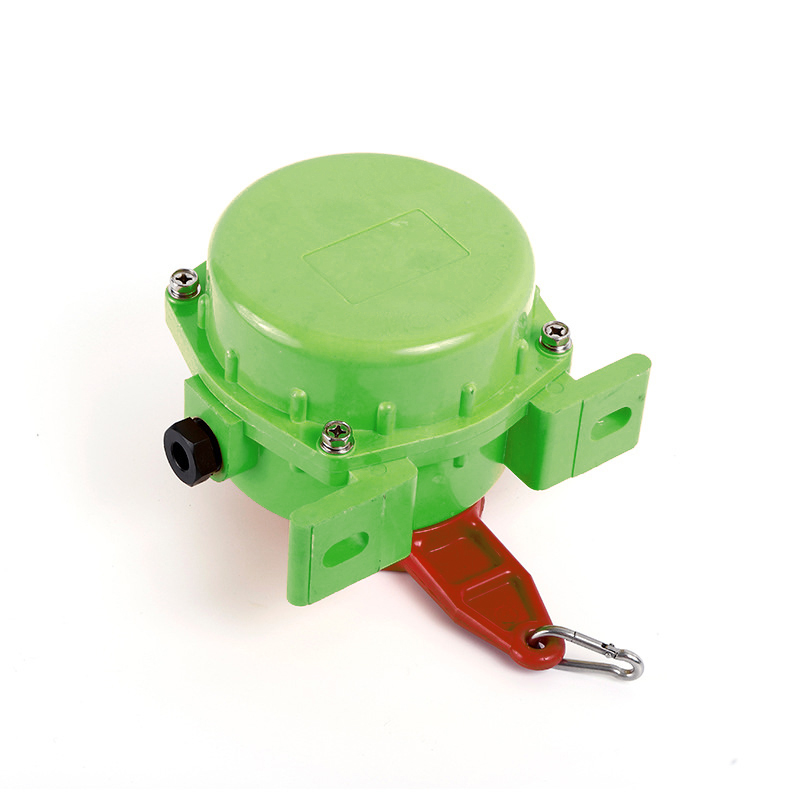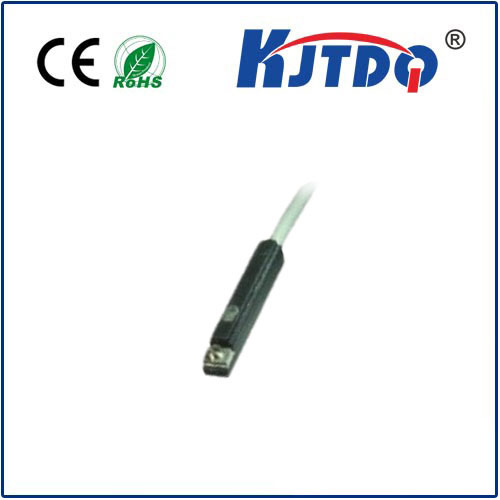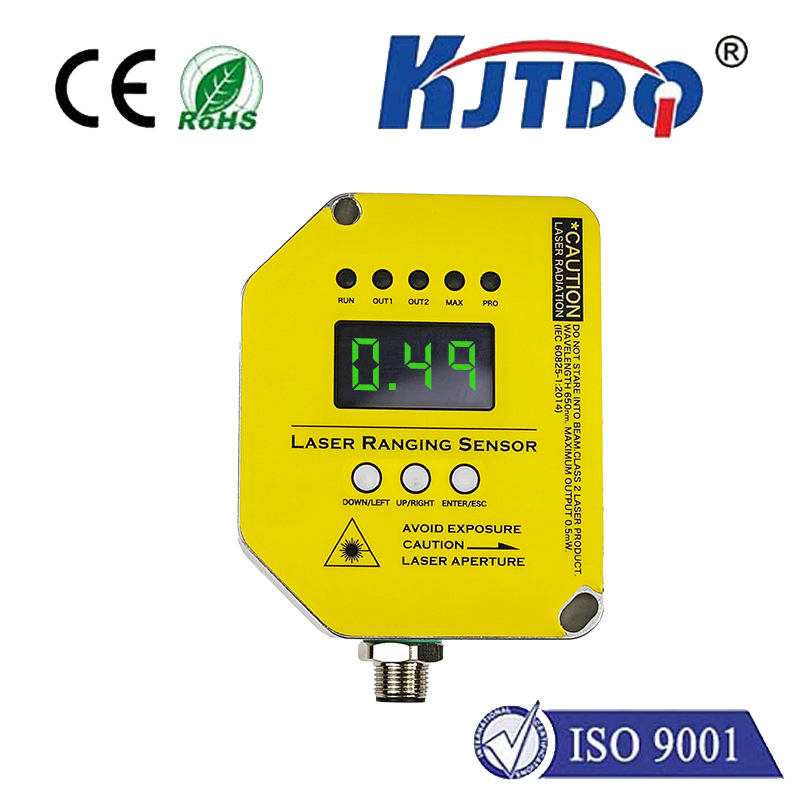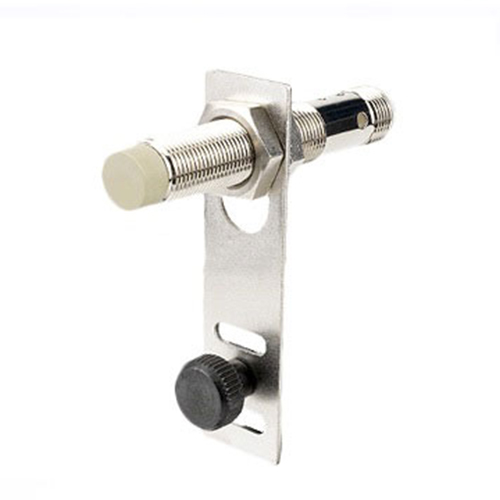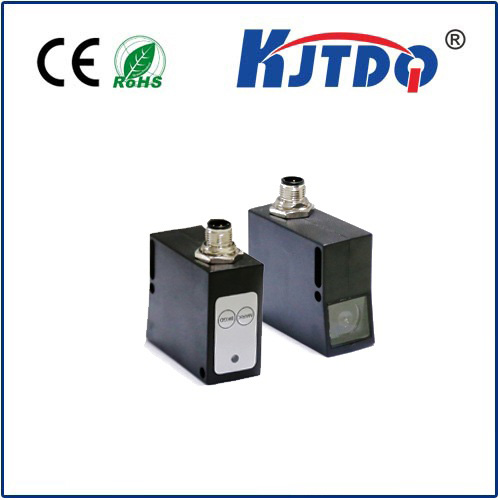column photoelectric switch sensor e3f-5dn/5dp dc
- time:2025-09-11 02:59:34
- Click:0
Mastering Tight Spaces: The E3F-5DN/5DP DC Column Photoelectric Sensor Solution
In the intricate ballet of modern automation, detecting objects reliably is fundamental. Yet, space constraints often become the nemesis of efficient sensing. Imagine a complex assembly line, a cramped robotic cell, or machinery where every millimeter counts. Standard sensors simply won’t fit. This is where the E3F-5DN/5DP DC Column Photoelectric Switch Sensor emerges as the unsung hero – a slender, high-performance sensing solution engineered to conquer confined environments with unwavering precision.
Understanding the Photoelectric Principle
Before diving into the specifics of the E3F-5 series, let’s revisit the core technology. Photoelectric sensors operate by emitting a beam of light (visible, infrared, or laser) and detecting its presence, absence, or reflection. When an object interrupts this light beam, the sensor’s receiver triggers a state change in its output circuit. This non-contact detection method makes them ideal for countless applications, offering advantages like long sensing ranges, speed, and immunity to surface characteristics like color or material (within limits).
Why the E3F-5DN/5DP DC Stands Out: The Column Advantage
While many photoelectric sensors share the basic principle, the E3F-5DN/5DP DC distinguishes itself through its unique form factor – the column design. This differs significantly from bulky cube or cylindrical housings:

- Ultra-Slender Profile: The defining characteristic. Its narrow width allows it to be installed in locations where traditional sensors are simply too large. Think mounting between closely spaced rollers, inside narrow chutes, adjacent to guide rails, or on small machinery platforms.
- Optimized Sensing: The elongated shape often aligns the emitter and receiver along the column’s axis, providing a focused beam path ideal for precise detection in linear or confined paths.
- Robust Construction: Don’t let the size fool you. Column sensors like the E3F-5DN/5DP are built tough. Typically rated IP67 or similar, they offer excellent resistance to dust ingress and water jets, making them suitable for demanding industrial environments. The housing is designed to withstand typical shop-floor bumps and vibrations.
- DC Power Versatility: Designed to operate on DC voltage (commonly within a range like 10-30V DC), this sensor integrates seamlessly into modern control systems predominantly using DC power supplies. DC operation generally offers simpler wiring and compatibility with a wide array of controllers (PLCs) and safety circuits.
Decoding the Models: E3F-5DN vs. E3F-5DP
The key difference between these two popular variants lies in their output logic:
- E3F-5DN: This model typically features a Dark-ON (Light-Operate) logic. Meaning, the output is OFF (or inactive) when the receiver detects the emitter’s light beam. When an object interrupts the beam (dark state), the output switches ON (active). Ideal for detecting presence where the beam is normally unbroken.
- E3F-5DP: Conversely, the E3F-5DP usually operates with Light-ON (Dark-Operate) logic. The output is ON (active) when the receiver detects the light beam. When the beam is interrupted (dark state), the output switches OFF (inactive). Perfect for detecting absence or when an object should normally be blocking the beam.
Both models usually come in NPN (sinking) and PNP (sourcing) output transistor configurations. Choosing between NPN and PNP depends entirely on the input requirements of your connected controller (PLC). Consulting the sensor’s datasheet and your PLC manual is crucial for correct wiring and functionality.
Where the E3F-5DN/5DP DC Column Sensor Shines: Key Applications
The combination of slim size, robustness, and reliable photoelectric sensing makes this sensor incredibly versatile:
- Conveyor Gap & Jamming Detection: Mounting vertically between conveyor rollers or horizontally across conveyor gaps to detect missing products, jams, or ensure proper product spacing.
- Small Parts Counting: Counting tiny components on vibratory bowls, chutes, or assembly lines where space is extremely limited.
- Machine Guarding & Safety: Integrating into compact safety systems to detect access door positions, guard closures, or unauthorized entry points in confined machinery.
- Robotics & Pick-and-Place: Verifying the presence/absence of parts in tight robotic grippers, end effectors, or within compact work cell boundaries.
- Printing & Packaging: Detecting labels, carton flaps, or product positions on high-speed packaging lines where sensor real estate is minimal.
- Elevator & Lift Systems: Monitoring door positions, floor levels, or safety edges within the constrained spaces of lift shafts and cabins.
- Material Handling: Detecting pallet presence on conveyors, tray positioning in automated stacking systems, or verifying bin levels in confined storage units.
Installation Tips for Optimal Performance
Maximizing the reliability of your E3F-5DN/5DP sensor involves considering its environment:
- Mounting Stability: Ensure the sensor is securely mounted using its integrated mounting holes or brackets to minimize vibration effects. Its slender shape makes rigid mounting even more critical.
- Beam Alignment: Precise alignment between the emitter and receiver (for through-beam types) or with the reflector (for retro-reflective types) is paramount, especially given its narrow profile. Use mounting adjustments meticulously.
- Environmental Factors: While robust, avoid mounting where heavy oil mist, thick steam, or airborne debris could persistently coat the lenses, potentially blocking the light path. Regular cleaning might be needed in harsh conditions. Exploit its IP67 rating in washdown or dusty areas confidently.
- Eliminating Optical Interference: Prevent stray light (sunlight, high-intensity lamps) from directly hitting the receiver. Ensure the background, especially for diffuse reflective sensors, is stable and non-reflective where possible. Use sight tubes or hoods if interference is persistent.
- Electrical Considerations: Use the correct DC power supply (check voltage range, e.g., 10-30V DC) and ensure proper polarity. Select the correct output type (NPN or PNP) for your PLC input card and wire accordingly, observing load current limits. Utilize shielded cable for long runs or electrically noisy environments.
The Indispensable Tool for Constrained Automation
The E3F-5DN/5DP DC Column Photoelectric Switch Sensor is far more than just a space-saving device. It represents a critical enabling technology for modern, compact automation systems. By offering reliable, non-contact detection in locations where traditional sensors fail, it unlocks new






